Filter by
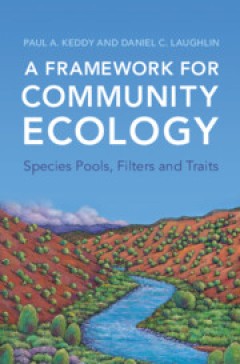
A Framework for Community Ecology
This book addresses an important problem in ecology: how are communities assembled from species pools? This pressing question underlies a broad array of practical problems in ecology and environmental science, including restoration of damaged landscapes, management of protected areas, and protection of threatened species. This book presents a simple logical structure for ecological assembly and…
- Edition
- -
- ISBN/ISSN
- 9781009067881
- Collation
- -
- Series Title
- -
- Call Number
- -
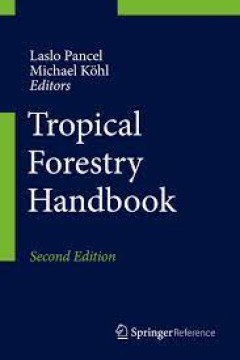
Tropical Forestry Handbook
This book provides a cross-section of all outstanding experience in all fields of tropical forestry under a drastically changing environment induced by climate change. It sheds light on the existing know-how and presents it in a concise and efficient way for the scientist and professional in charge of planning, implementing and evaluating forest resources. The Tropical Forestry Handbook provide…
- Edition
- -
- ISBN/ISSN
- 978-3-642-54601-3
- Collation
- -
- Series Title
- -
- Call Number
- -
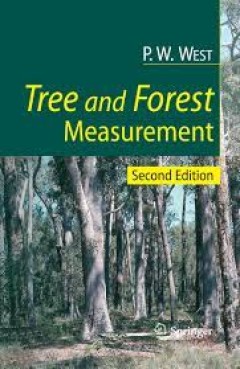
Tree and Forest Measurement
Forests must be measured if they are to be managed and conserved properly. This book describes the essential principles of modern forest measurement, whether using simple hand-held equipment or sophisticated satellite imagery. It particularly focuses on measuring forest biomass over large forest areas, a key aspect of climate change studies, as well as the volumes of wood that are commercially …
- Edition
- -
- ISBN/ISSN
- 978-3-319-14708-6
- Collation
- -
- Series Title
- -
- Call Number
- -
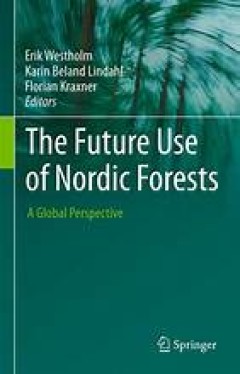
The Future Use of Nordic Forests
Diverse as they are in their histories and in the organization of their forest sectors, most Nordic countries have this in common: their economies and cultures are substantially based on the utilization of various forest resources. This book explores Nordic forest futures and presents research results that form part of a scientific foundation for considering how to balance the functions of fore…
- Edition
- 1
- ISBN/ISSN
- 978-3-319-14218-0
- Collation
- XXI, 169, 2 b/w illustrations, 34 illustrations in colour
- Series Title
- -
- Call Number
- -
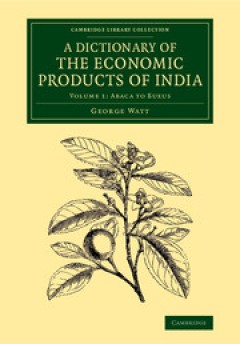
A Dictionary of the Economic Products of India
A Scottish doctor and botanist, George Watt (1851–1930) had studied the flora of India for more than a decade before he took on the task of compiling this monumental work. Assisted by numerous contributors, he set about organising vast amounts of information on India's commercial plants and produce, including scientific and vernacular names, properties, domestic and medical uses, trade statis…
- Edition
- -
- ISBN/ISSN
- 9781107239210
- Collation
- -
- Series Title
- Cambridge Library Collection - Botany and Horticulture
- Call Number
- -
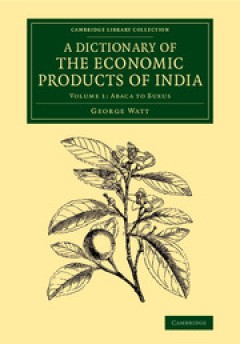
A Dictionary of the Economic Products of India
A Scottish doctor and botanist, George Watt (1851–1930) had studied the flora of India for more than a decade before he took on the task of compiling this monumental work. Assisted by numerous contributors, he set about organising vast amounts of information on India's commercial plants and produce, including scientific and vernacular names, properties, domestic and medical uses, trade statis…
- Edition
- -
- ISBN/ISSN
- 9781107239159
- Collation
- -
- Series Title
- Cambridge Library Collection - Botany and Horticulture
- Call Number
- -
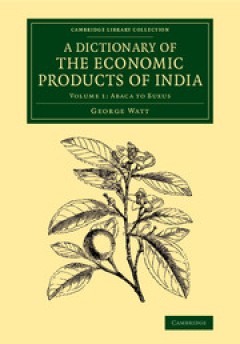
A Dictionary of the Economic Products of India
A Scottish doctor and botanist, George Watt (1851–1930) had studied the flora of India for more than a decade before he took on the task of compiling this monumental work. Assisted by numerous contributors, he set about organising vast amounts of information on India's commercial plants and produce, including scientific and vernacular names, properties, domestic and medical uses, trade statis…
- Edition
- -
- ISBN/ISSN
- 9781107239197
- Collation
- -
- Series Title
- Cambridge Library Collection - Botany and Horticulture
- Call Number
- -
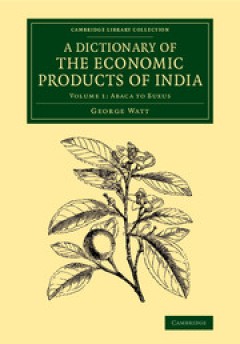
A Dictionary of the Economic Products of India
A Scottish doctor and botanist, George Watt (1851–1930) had studied the flora of India for more than a decade before he took on the task of compiling this monumental work. Assisted by numerous contributors, he set about organising vast amounts of information on India's commercial plants and produce, including scientific and vernacular names, properties, domestic and medical uses, trade statis…
- Edition
- -
- ISBN/ISSN
- 9781107239173
- Collation
- -
- Series Title
- Cambridge Library Collection - Botany and Horticulture
- Call Number
- -
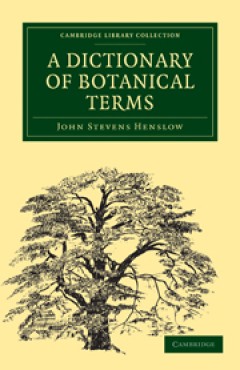
A Dictionary of the Economic Products of India
A Scottish doctor and botanist, George Watt (1851–1930) had studied the flora of India for more than a decade before he took on the task of compiling this monumental work. Assisted by numerous contributors, he set about organising vast amounts of information on India's commercial plants and produce, including scientific and vernacular names, properties, domestic and medical uses, trade statis…
- Edition
- -
- ISBN/ISSN
- 9781107239166
- Collation
- -
- Series Title
- Cambridge Library Collection - Botany and Horticulture
- Call Number
- -
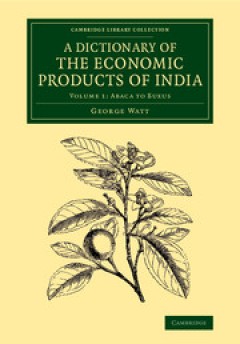
A Dictionary of the Economic Products of India
A Scottish doctor and botanist, George Watt (1851–1930) had studied the flora of India for more than a decade before he took on the task of compiling this monumental work. Assisted by numerous contributors, he set about organising vast amounts of information on India's commercial plants and produce, including scientific and vernacular names, properties, domestic and medical uses, trade statis…
- Edition
- -
- ISBN/ISSN
- 9781107239180
- Collation
- -
- Series Title
- -
- Call Number
- -
 Computer Science, Information & General Works
Computer Science, Information & General Works  Philosophy & Psychology
Philosophy & Psychology  Religion
Religion  Social Sciences
Social Sciences  Language
Language  Pure Science
Pure Science  Applied Sciences
Applied Sciences  Art & Recreation
Art & Recreation  Literature
Literature  History & Geography
History & Geography